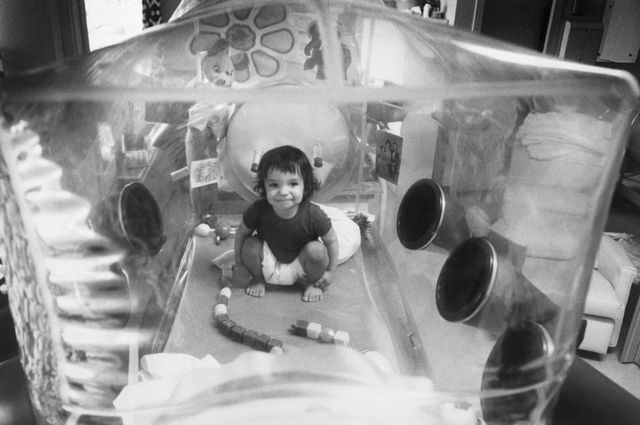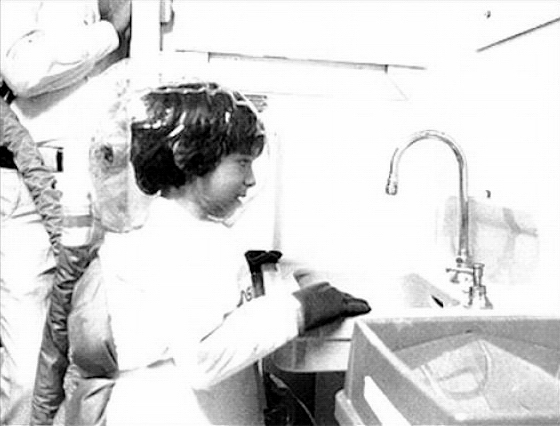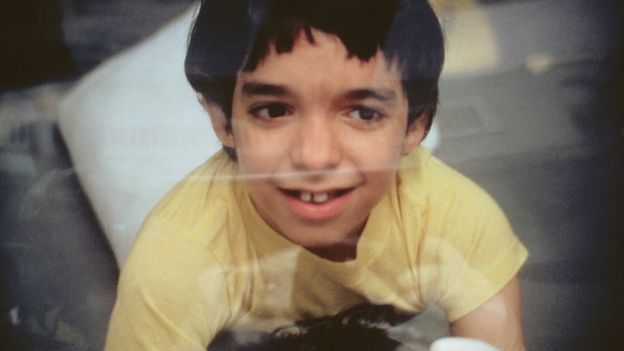

This is a first for patients with SCID-X1." Jude Department of Bone Marrow Transplantation and Cellular Therapy, commented: "These patients are toddlers now, who are responding to vaccinations and have immune systems to make all immune cells they need for protection from infections as they explore the world and live normal lives. Ewelina Mamcarz, first author of the study at the St. The process took around 16 months to complete, during which time no unexpected side effects emerged.ĭr. This is the first time children with SCID-X1 have been able to produce B cells, according to the authors of the study published in the New England Journal of Medicine.

One child needed a booster session of gene therapy because they had a low T cell count. A virus was then used to transport a corrected version of the gene into the DNA of their blood stem cells.Īfter three months, seven of the patients were able to produce T cell, B cell and natural killer immune cells.

Bubble boy disease trial#
Jude Children's Research Hospital recruited eight children from an existing clinical trial of patients with the disease, and collected samples of their bone marrow. Currently, patients diagnosed with the condition can be cured if they can find a viable bone marrow stem-cell donor. Without treatment, most children with SCID-X1 die by their first birthday. This renders the body unable to fight infection. The study focused on children with X-linked severe combined immunodeficiency (SCID-X1): the most common form of a condition where the interleukin-2 receptor subunit gamma (IL2RG) gene mutation stops the body from producing a protein needed for the immune system to function. Scientists have used gene therapy to cure babies with a rare disease brought into cultural consciousness by David Vetter, who became known as "bubble boy."


 0 kommentar(er)
0 kommentar(er)
